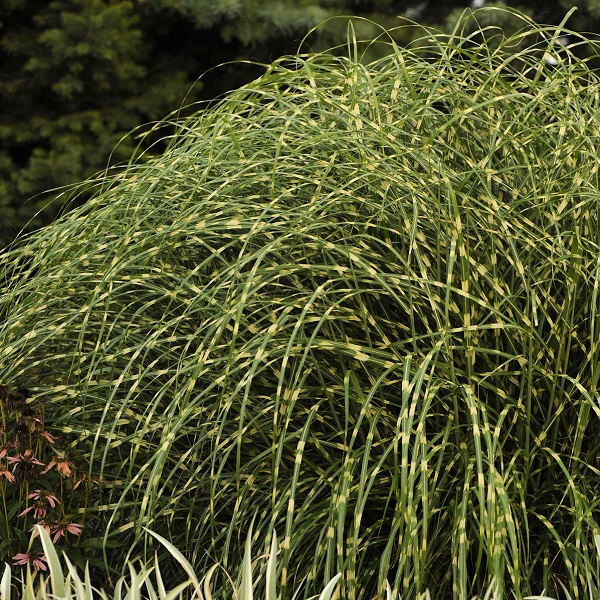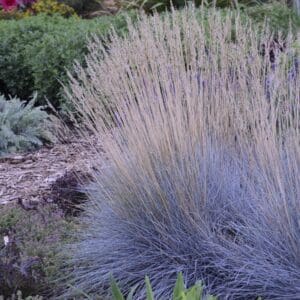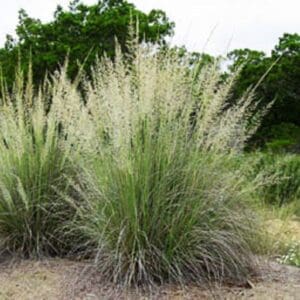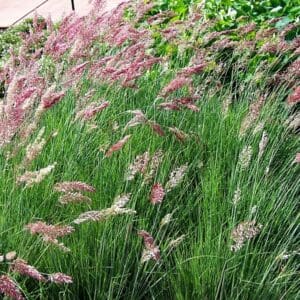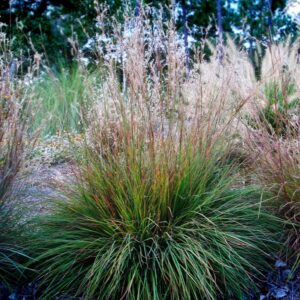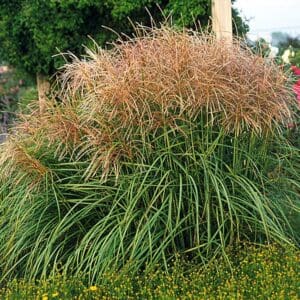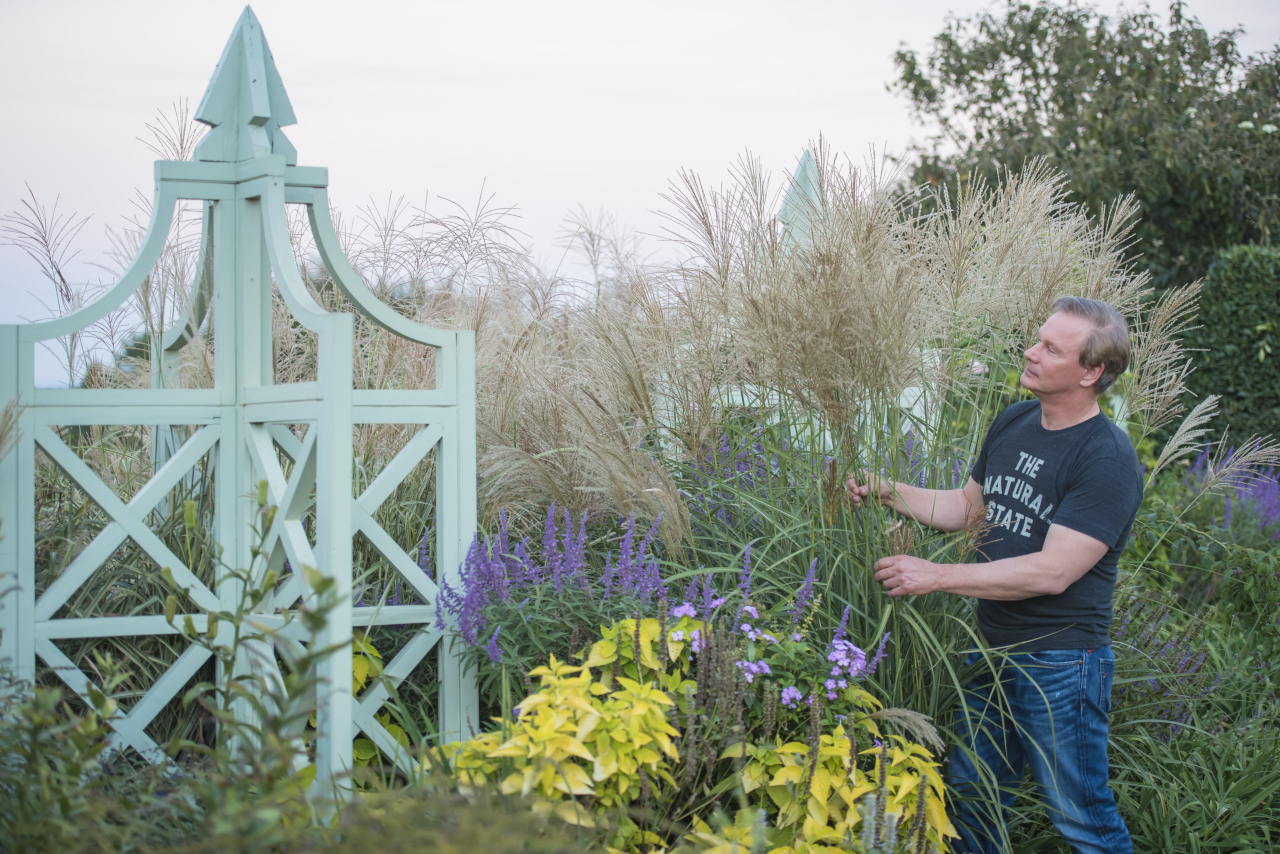
Grass in your flowerbeds? For gardeners who’ve spent hours pulling invasive weeds, this may seem like strange advice. But let me introduce you to the new, well-behaved varieties of ornamental grasses. Windblown, untamed and graceful, they lend an appealing accent to gardens and containers.
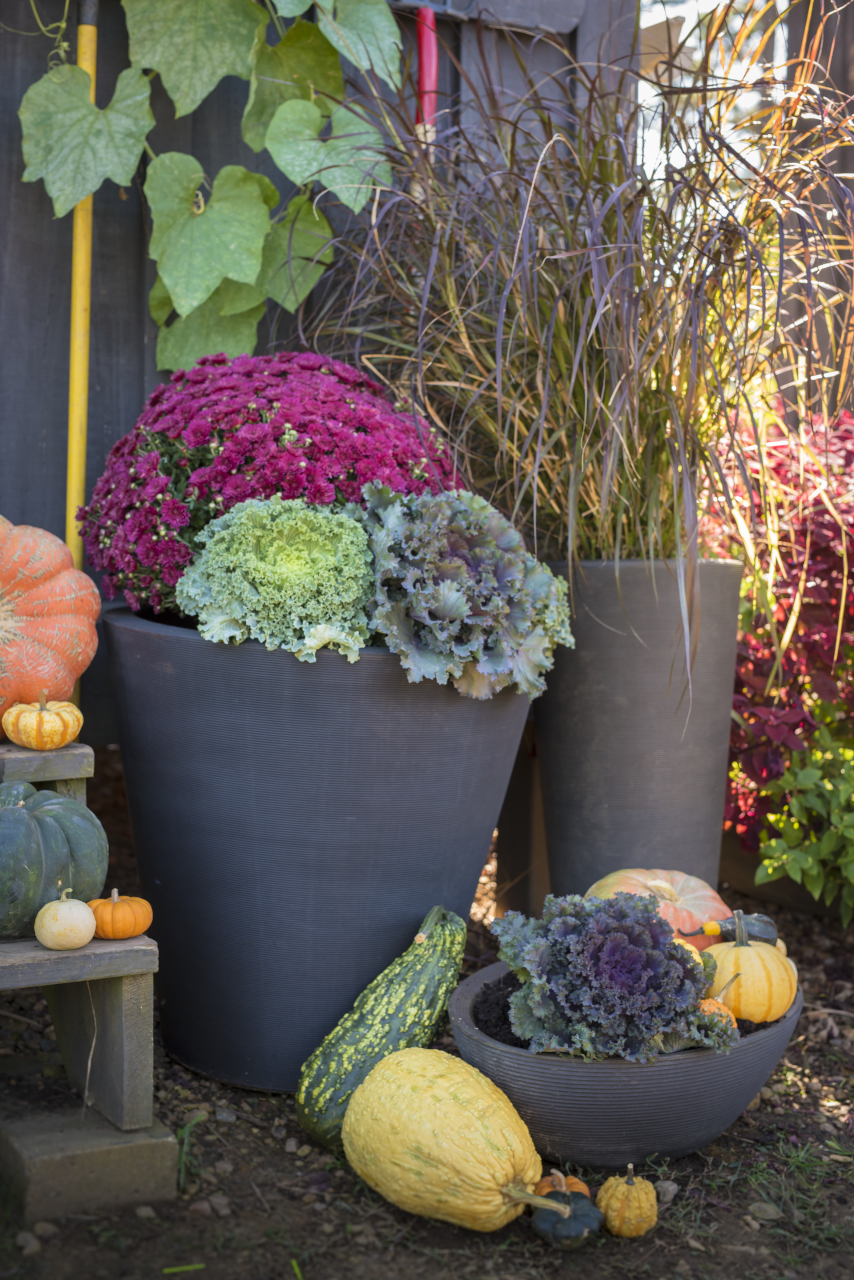
I’ve found that ornamental grasses are some of the best providers of an important (and often overlooked) element in garden design – texture. Now they certainly aren’t very colorful when you compare them to some of the other fall favorites such as asters or chrysanthemums, but they do provide a nice contrast to other plants in the garden.
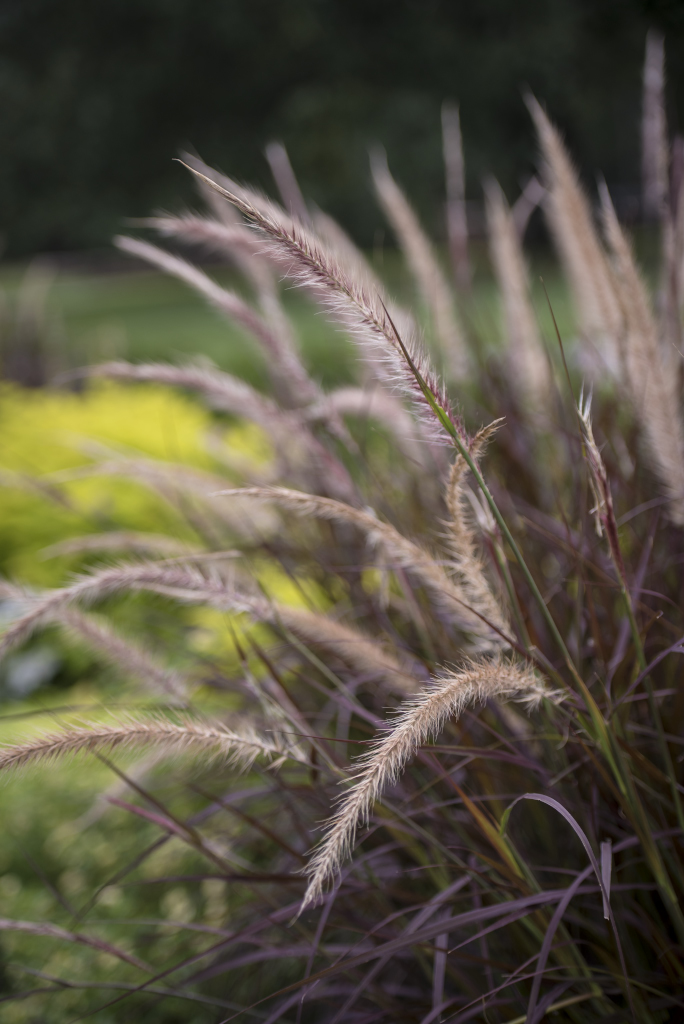
Ornamental grasses require little maintenance and are very forgiving about soil, making them easy to grow. They don’t have to have particularly rich soil, and, once they are established, they’re quite drought tolerant. With just a little TLC during the first season, these ornamental grass varieties will be reliable, long-lived additions to your garden. On top of all that, they’re remarkably pest-free.
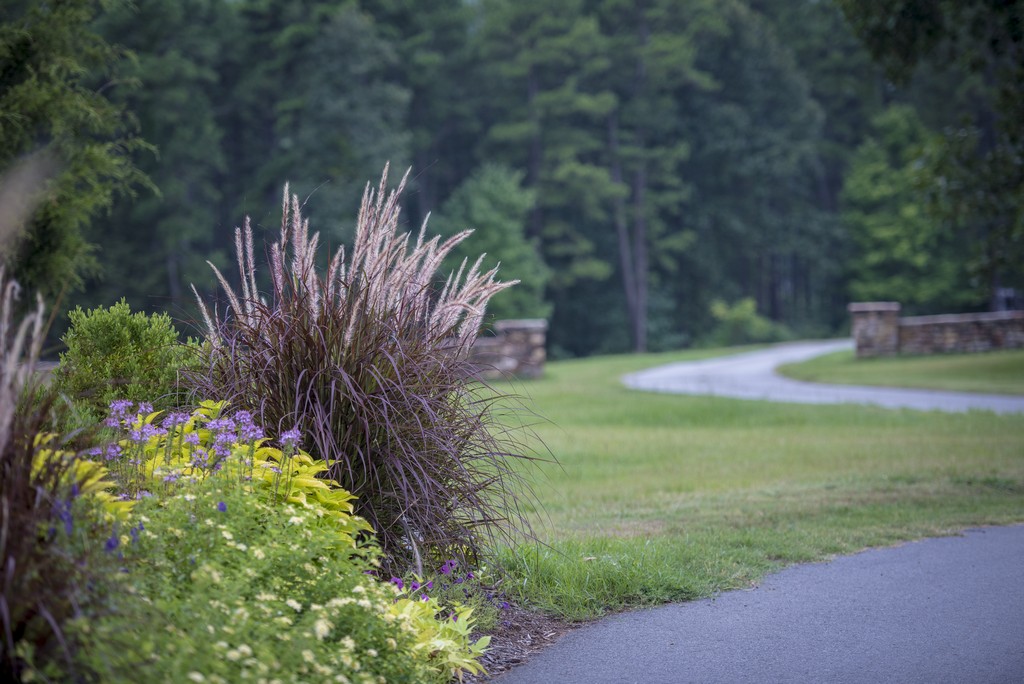
Ornamental grasses come in a wide range of shapes and sizes. There are hundreds of varieties of ornamental grasses, so you’re sure to find one well suited to your garden. They range in size from diminutive 4-inch plants to those that stretch up more than 15 feet in height. Some varieties grow upright and vertical, while others spread. Most are cold-tolerant and will come back year after year. A few, like purple fountain grass, can’t survive frigid temperatures but are still worth growing as annuals.

Ornamental grasses come in a wide range of shapes and sizes, everything from the small sea urchin fescue all the way up to one of my favorites, zebra grass. Zebra grass is bold, tough, and easy to grow. It takes its name from the light yellow bands across each individual blade.
Here are a few of my go-to ornamental grasses from Gilbert H. Wild:


